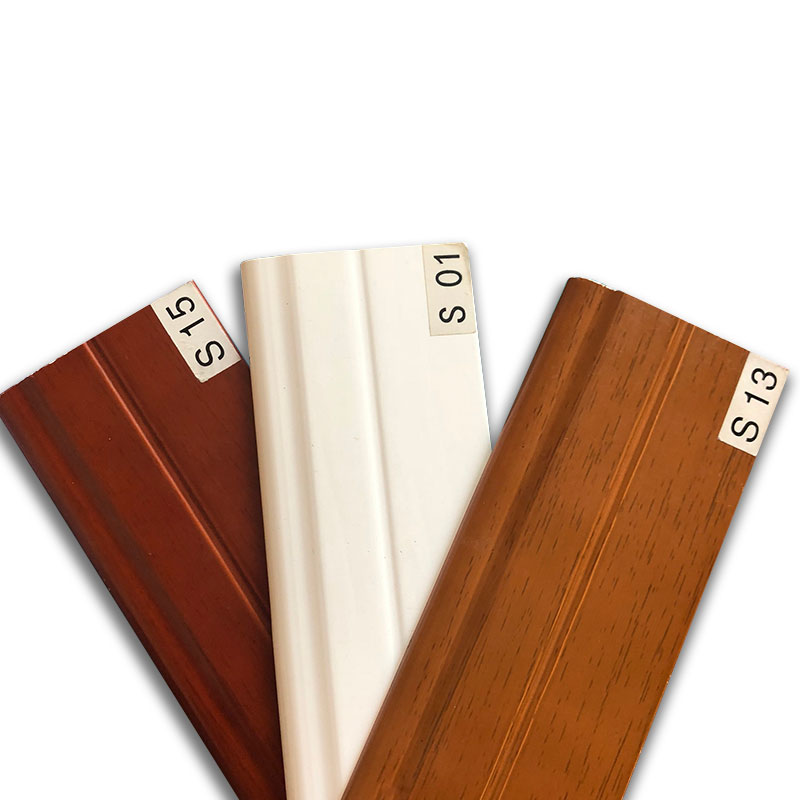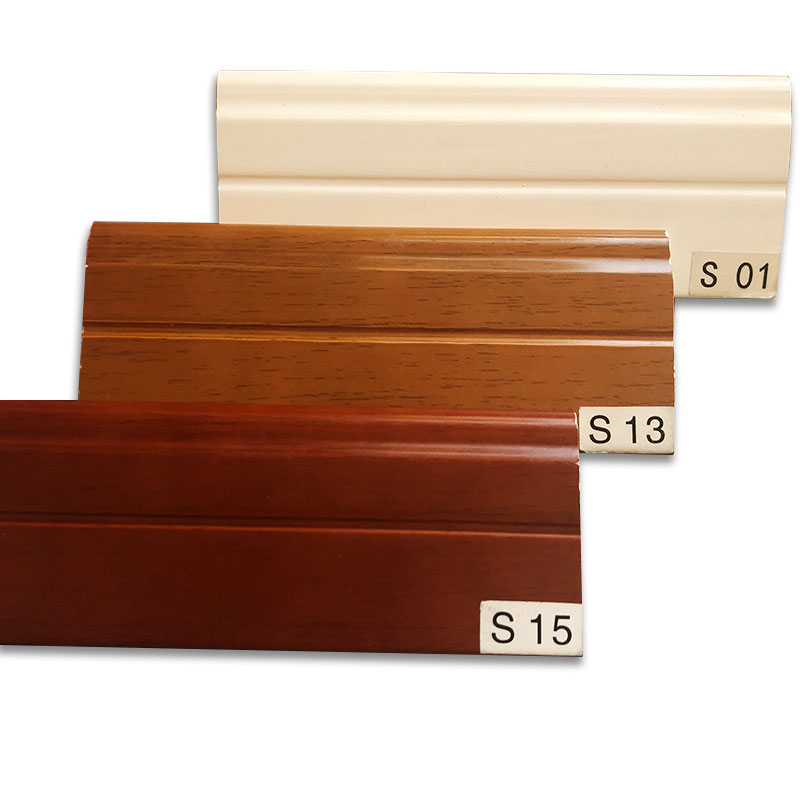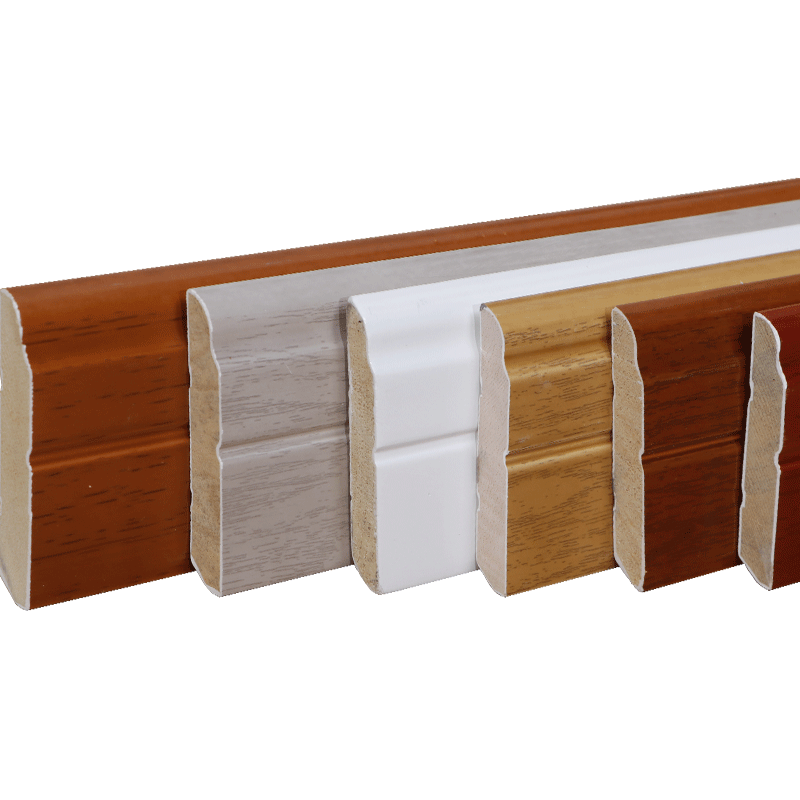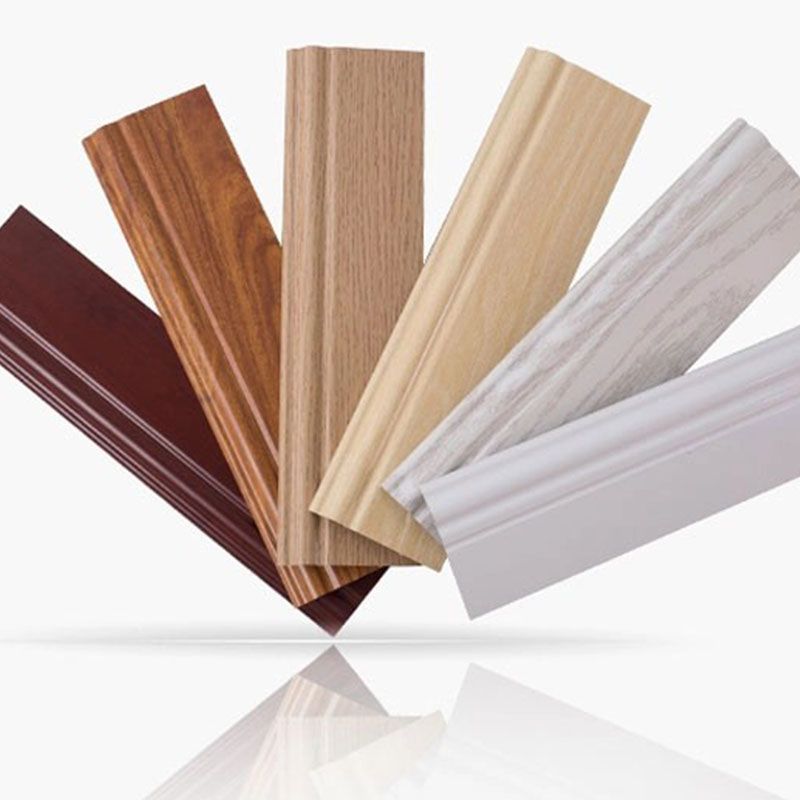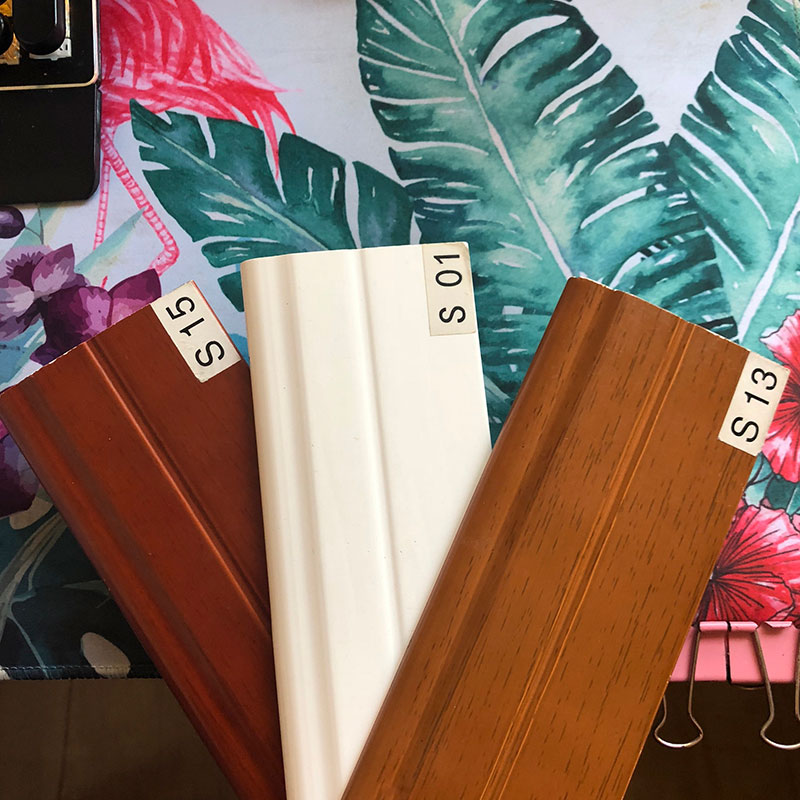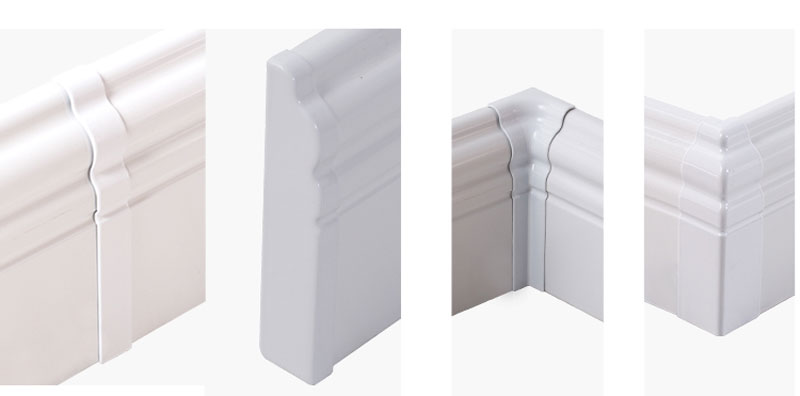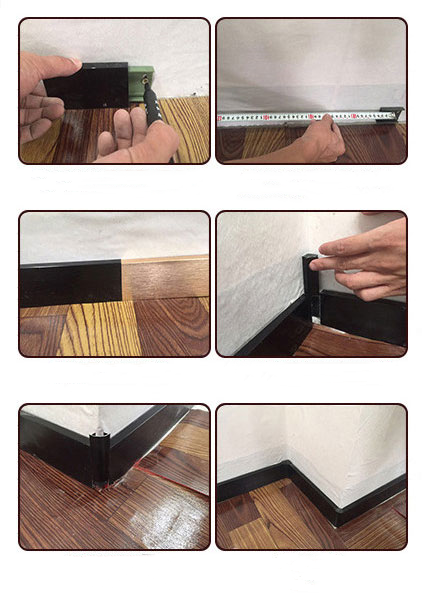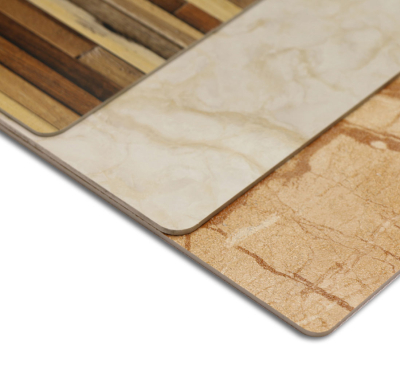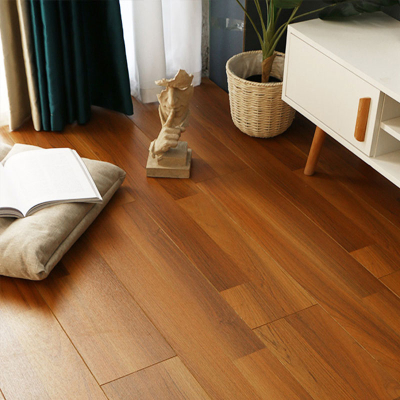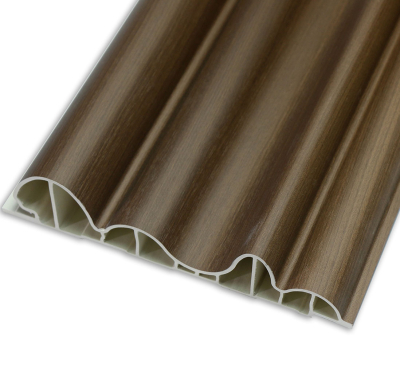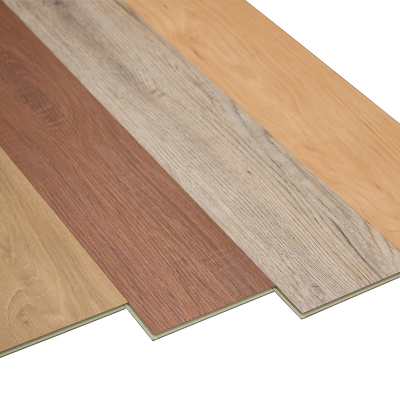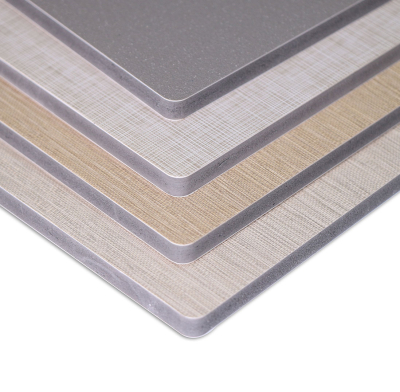Solid Wood Skirting
Skirting Benefits
Easy Cleaning: Stops dust and stains from gathering in corners, simplifying upkeep.
Simple Installation: Quick and effortless, with snap - on or adhesive options reducing construction hassle.
Material Variety: Offered in wood, PVC, aluminum, etc., to meet diverse styles and needs.
Concealment: Hides wall wires and pipes, enhancing aesthetics and reducing visual clutter.
Atmosphere Upgrade: Complements decor, adding detail and improving room ambiance.
Product Introduction
Skirting, a decorative and protective material installed at the wall-floor junction, is extensively utilized in interior settings. It conceals the wall-floor joints, thereby enhancing the overall aesthetic appeal of the space. Furthermore, it safeguards the walls from potential damage caused by furniture movement and cleaning equipment, thus extending the longevity of the wall surfaces. Additionally, skirting prevents the accumulation of dust and stains in corners and floor seams, which facilitates maintenance and contributes to a cleaner indoor environment.
Contemporary skirting boards are available in a wide array of designs and are manufactured from various materials such as wood, PVC, and aluminum alloy, catering to diverse interior design preferences. Installation methods include snap-on and adhesive applications, ensuring a swift and straightforward process. Moreover, skirting can effectively conceal unsightly wall wires and pipes, contributing to a more organized and harmonious living space.
In conclusion, skirting is an indispensable component of home decor that seamlessly integrates both aesthetic and functional attributes.
More integration of yin and yang corners
Detail chart
Parameters
Brand Name | Delin |
Business Mode | Factory Direct Sales |
Product Specifications | Customizable |
Product Origin | Jining City |
Applicable Floor Heating | Applicable |
Surface Texture | Imitation Solid Wood Grain |
Skirting Installation Procedure
Step 1: Tool Preparation
Gather the required tools as illustrated in the accompanying diagram. Essential tools include a tape measure, impact drill, screwdriver, hammer, and power saw.
Step 2: Spacing Measurement and Marking
Employ the tape measure to determine the spacing for base installation. Make markings at intervals of 40 cm and install a base plate accordingly. Ensure that the distance between the base plate and the bottom of the wall is accurately measured and maintained.
Step 3: Wall Hole-making and Skirting Fixation
Use the impact drill to create holes in the wall at the marked positions. Insert and secure the screws for the base installation. Subsequently, affix the skirting boards. Each section of the skirting can be connected through splicing joints.
Step 4: Handling Yin and Yang Corners
For concealed turns, differentiate between yin and yang corners. When installing the aluminum alloy yang corner, gently tap the aluminum component into the plastic snap using a hammer.
Foot Line FAQ
How to Select the Appropriate Foot Line for Your Home Decor Style?
For Modern Simple Style: Choose foot lines with clean lines and light colors such as white or light gray, made from PVC or wood.
For European Classical Style: Opt for intricately carved wooden foot lines in rich, dark wood tones.
For Chinese Traditional Style: Select wooden foot lines in natural brown or tan hues.
For Industrial Style: Pick foot lines featuring metallic or rough stone textures.
What Are the Primary Functions of a Foot Line?
Protection: Safeguard the bottom of walls from kicks and scratches, thereby extending their lifespan, particularly in high-traffic areas.
Aesthetic Enhancement: Conceal the gap between walls and floors, improving the overall appearance of the space.
Maintenance: Prevent dust and dirt accumulation, facilitating easier cleaning.
What Is the Standard Installation Height?
Small Apartments: Install at 8 - 10 cm to prevent a cramped appearance.
Large Apartments: Install at 12 - 15 cm for a more imposing look.
Style-Specific: European styles may require taller foot lines; Japanese styles typically favor shorter ones.
Is Installation Challenging? Can It Be Done Independently?
Experienced individuals with proper tools can undertake self-installation. Novices are advised to seek professional assistance. The process involves preparing tools, measuring the wall, cutting the foot line to size, and securing it with nails or glue for a level and straight fit. Special attention should be paid to corners and splicing.
How Should Different Types of Foot Lines Be Maintained?
Wood: Avoid direct sunlight, wipe with a soft cloth, and apply maintenance oil periodically.
PVC: Clean with a damp cloth and use a mild cleaner for stubborn stains.
MDF: Keep dry and wipe gently.
Stone: Wax regularly and avoid scratches.
Is Replacing a Damaged Foot Line Straightforward?
Nail-Fixed: Remove nails and replace the damaged section.
Glue-Fixed: Remove the old foot line, clean any residual glue, and install a new one. Choose a similar product to maintain a cohesive appearance.

